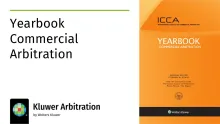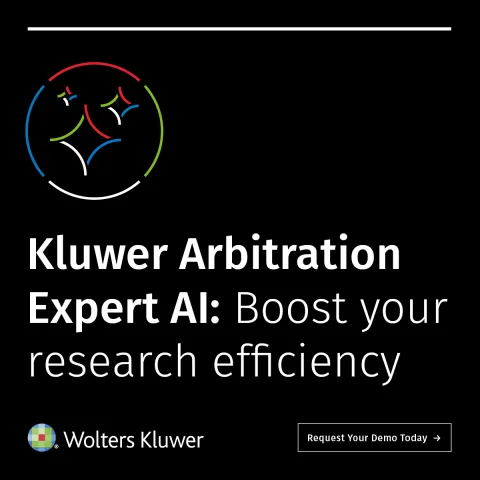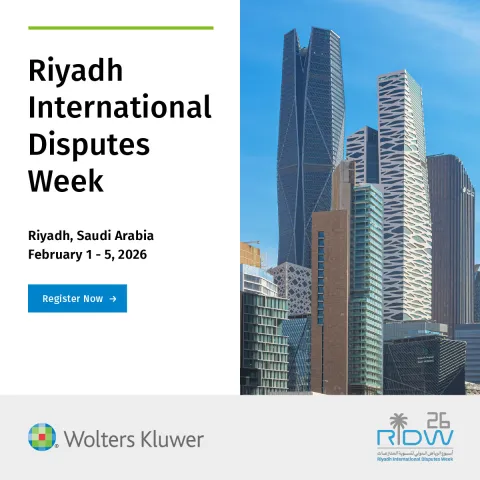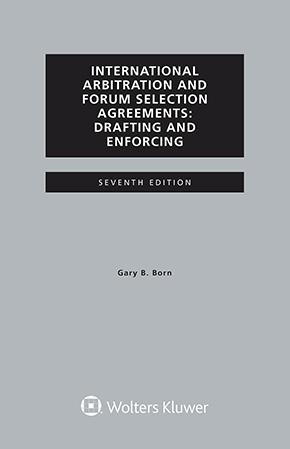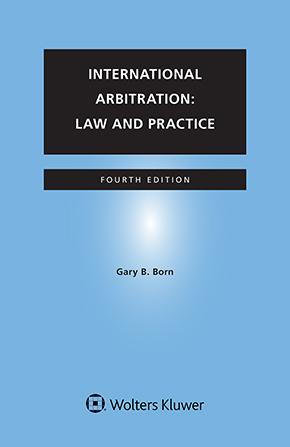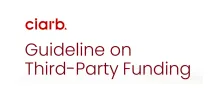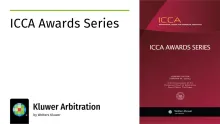Converging Paths: Mediation’s Rise Under the 2025 SIAC Arbitration Rules and the Singapore Convention
September 24, 2025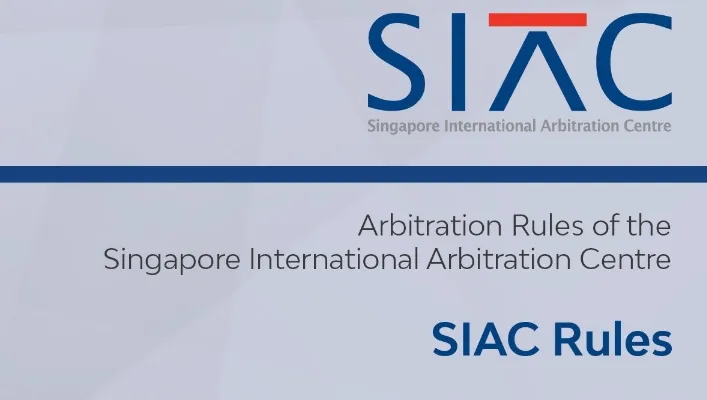
On January 1, 2025, the 7th Edition of the Arbitration Rules of the Singapore International Arbitration Centre (“SIAC”; “2025 SIAC Rules”) came into effect, replacing the 6th Edition of the SIAC Rules. Various innovative features introduced in the 2025 SIAC Rules have been the subject of discussion in earlier posts on this Blog that can be found here. This post explores the bolstered emphasis in the 2025 SIAC Rules on mediation as an early and effective method for dispute resolution, and the alignment of this latest development with the enhanced enforceability of mediated settlements provided for under the Convention on the Recognition and Enforcement of Foreign Arbitral Awards (“New York Convention”) and the Convention on International Settlement Agreements Resulting from Mediation (“Singapore Convention”). By embedding mediation more deeply into the arbitration process through both institutional rules and treaties, the 2025 SIAC Rules, alongside the New York Convention and Singapore Convention, underline mediation’s growing significance as a streamlined, collaborative, and globally enforceable mechanism for resolving disputes.
Mediation: A Key Pillar of the 2025 SIAC Rules
Mediation plays a central role in the 2025 SIAC Rules, reflecting its growing prominence in international dispute resolution. The 2025 SIAC Rules promote mediation throughout the entire arbitration process, in order to encourage the amicable and efficient resolution of disputes.
At the outset, Rules 6.4 and 7.3 invite parties to comment on the adoption of alternative dispute resolution (“ADR”) mechanisms, including mediation, when submitting the Notice of Arbitration (“NOA”) and Response to the NOA respectively. Rule 32.4(a) further empowers tribunals to consult with the parties at the first case management conference on the potential for the settlement of all or part of the dispute through ADR mechanisms like mediation. Additionally, Rule 50.2(l) grants tribunals the discretion to make any necessary directions, including suspend the proceedings, to encourage parties to adopt ADR mechanisms, like mediation.
Finally, Rule 38 introduces mandatory disclosure of third-party funding arrangements to ensure fairness and avoid conflicts of interest. Tribunals may sanction non-disclosure. This is relevant as third-party funding extends to mediation proceedings relating to arbitration proceedings, which thus allows resource-limited parties to engage in the process effectively.
Enforceability of Mediated Settlement Agreements Under the New York Convention and Singapore Convention
The 2025 SIAC Rules make repeated reference to the SIAC-Singapore International Mediation Centre (“SIMC”) Arb-Med-Arb Protocol (“AMA Protocol”), which was released in 2014 and discussed here. The dual-track system of arbitration and mediation aligns with the enforcement frameworks of the New York Convention and the Singapore Convention, which respectively allow mediated settlement agreements to be enforced as consent awards in arbitration or directly enforced as binding agreements.
The enforceability of mediated settlement agreements has been a long-standing challenge in international law. It is thus significant that this challenge has been addressed by the availability of two enforcement paths, namely, by converting any mediated settlement agreement into an arbitral award enforceable under the New York Convention, and by enforcing any mediated settlement agreement under the Singapore Convention. By integrating mediation within its provisions, the 2025 SIAC Rules emphasize its streamlined and enforceable nature.
First, especially in the situation where the AMA Protocol is adopted, if mediation were carried out after an arbitration is commenced, any mediated settlement agreement can be converted into an arbitral award by consent. This is crucial, as arbitral awards under the New York Convention are enforceable in more than 170 jurisdictions, making this one of the most robust international enforcement frameworks available today. This development allows a mediated settlement agreement to enjoy global enforceability, subject to the usual grounds for resisting enforcement, for example pursuant to the Article V public policy exception.
Second, the Singapore Convention introduces a uniform framework for the direct enforcement of mediated settlement agreements across signatory states. It allows parties to seek enforcement in the competent authority without initiating a separate breach‑of‑contract claim in domestic courts. While mediated settlement agreements have long been treated as legally binding contracts, enforcement previously required parties to sue for breach under domestic contract law, and then obtain and enforce a judgment or award, often across borders and via different legal regimes.
This dual-track system of enforcement allows parties in ratifying states to submit the settlement agreement itself and evidence that it arose from mediation, and secure enforcement of its terms directly, thus bypassing the need for separate litigation.
The Future of Mediation in the Light of the SIAC Framework
Mediation has gained recognition as a useful adjunct to arbitration, by fostering conciliatory settlements while reducing time and costs. The SIAC has been the forerunner in advocating for the use of mediation alongside arbitration.
At present, arbitrators often merely suggest that parties consider mediation. However, with the introduction of the 2025 SIAC Rules, their role may become more proactive, insofar as arbitrators are encouraged to recommend mediation under the 2025 SIAC Rules, at multiple stages of the arbitration. This marks a shift from arbitrators as passive adjudicators to active case managers with explicit responsibilities for facilitating settlement. Unlike the earlier ad-hoc approach, the 2025 SIAC Rules establish a structured framework for settlement promotion through initial filings, a mandatory case management conference, and ongoing procedural interventions. Arbitration is thus reframed as an instrument for prompting parties to consider settlement rather than merely an adjudicative process, thereby redefining the arbitrator’s role from discretionary practice to institutional expectation. This approach follows the trend of arbitral institutions encouraging ADR before considering full-blown litigation or arbitration. However, there are obvious limits to such developments, as any shift in the arbitrators’ promotion of mediation from advisory towards potentially coercive would inevitably raise concerns about the infringement of the parties’ autonomy to craft their own dispute resolution process.
Meanwhile, technological innovation is also reshaping how mediation works. The possible integration of artificial intelligence tools such as predictive analytics, document summarization and virtual negotiation assistants could transform mediation into a more data-informed, accessible and cost-effective ADR process for parties, thereby facilitating equitable settlements efficiently and helping parties to avoid delays in proceedings.
Despite mediation’s benefits, challenges remain. Some practitioners have traditionally argued that mediation interferes with the timely completion of proceedings and undermines arbitration’s finality. Hence, mediation risks being seen as a hurdle, instead of a tool. If mediation becomes a mandatory step before arbitration, parties may use it to strategically delay negotiations and hinder the resolution of disputes. While the AMA Protocol sets an eight-week limit for mediation, this time limit primarily serves the objective of administrative case management, and does not deter mediations conducted in bad faith or prevent parties from utilizing mediation as a tool to delay the resolution of disputes.
Hence, in such scenarios, the SIAC Rules could consider including express provisions to equip tribunals with tools to sanction parties for conducting mediations in bad faith. Such tools may include the tribunal’s power to draw adverse inferences, or issue costs orders or other relevant orders. Although arbitrators already have broad procedural authority in the conduct of arbitral proceedings (see Rule 32.2), clear and explicit institutional guidance regarding the types of sanctions that the tribunal may impose on the bad faith conduct of mediations would give tribunals the confidence to deploy these tools decisively and consistently to prevent the strategic misuse of mediation by opportunistic parties.
Finally, while mediated settlement agreements that are converted into arbitral awards can be enforced under the New York Convention, the enforceability of mediated settlement agreements that do not result in a consent award remains an ongoing challenge. While the Singapore Convention provides the framework for the direct enforcement of internationally mediated settlements, its ratification has been slow. Only nineteen countries have become party to the Convention, and many key jurisdictions have still not done so.
Conclusion
As disputes grow increasingly complex and cross-border in nature, mediation’s capacity to foster collaborative and innovative solutions remains indispensable. The existing AMA Protocol enhances settlement opportunities by providing a framework for mediated settlement agreement to be converted into an arbitral award by consent, thereby improving the enforceability of mediated settlement agreements. The 2025 SIAC Rules further strengthen this framework by encouraging multiple mediation attempts at various stages of arbitration. Arbitrators are no longer mere adjudicators, but rather active managers entrusted with guiding parties toward settlement.
However, challenges persist, and chief among them is the concern that if mediation were made a mandatory step, this may delay proceedings or compromise the finality of arbitration. The slow ratification of the Singapore Convention by several key jurisdictions also continues to hinder the direct enforceability of internationally mediated settlements. SIAC and other institutions also face the challenge of balancing the preservation of the fundamental voluntary nature of mediation with the gradual shift towards the inclusion of mandatory mediation provisions.
To address these issues and promote greater efficiency, SIAC can further embed mediation within the arbitration process by incorporating express sanctions against bad-faith mediation. Whether SIAC is able to successfully strike the right balance in incorporating further provisions to compel parties to attempt mediation before proceeding with any arbitration, will determine whether mediation continues to evolve as a genuine settlement tool or remains confined as a procedural checkpoint within the overall arbitral architecture.
You may also like

